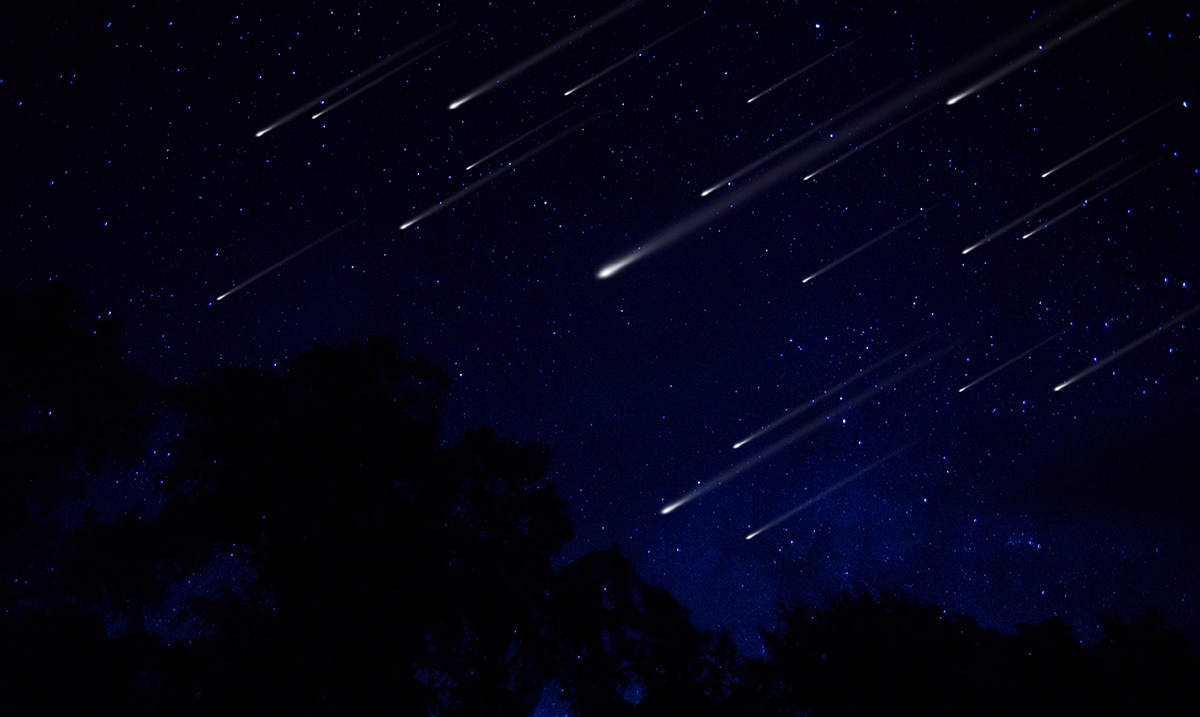Between April 16 and April 30th, the annual Lyrid meteor shower will be upon us, bringing an end to the meteor drought we have been enduring over the past few months. And this particular meteor shower is quite spectacular, bringing us up to 100 meteors per hour during its peak.
According to Time And Date, the Lyrids are one of the oldest recorded meteor showers, with some historical texts pointing at them as early as 2,500 years ago! The meteors that occur during the Lyrids come from the comet Thatcher, which has an orbit that takes around 415 years to complete around the Sun.
NASA meteor expert Bill Cooke explained to Space.com that the best viewing time will be directly before dawn, however, some meteors can be viewed around 10:30 pm (EST).
Because the moon will be in its waxing gibbous phase, it will be illuminated by 68%. Unfortunately, this could interfere with being able to see them at night. To thwart this, Cooke explains to “get up before dawn, after the moon has set.” If you do, he says you will have a great chance to see some of the Lyrids.
The Lyrids can be quite unpredictable, varying during their peak between 20-100 meteors per hour. “People say there is some periodicity there,” Cooke said, “but the data doesn’t support that.”
To view the Lyrids, you need to look towards the constellation of Lyra, which is to the Northeast of Vega (one of the brightest stars in the sky.)
While the Lyrids are quite bright, Cooke explains that they don’t have much on the Perseids which take place in August.
The Lyrid meteors are produced from pieces of Comet Thatcher. The debris leaves behind to make up the meteors we can see during this shower. Put simply, when Earth crosses the path of the comet, we end up colliding with the debris of the comet. They tend to burn up in our atmosphere and produce shooting stars.

